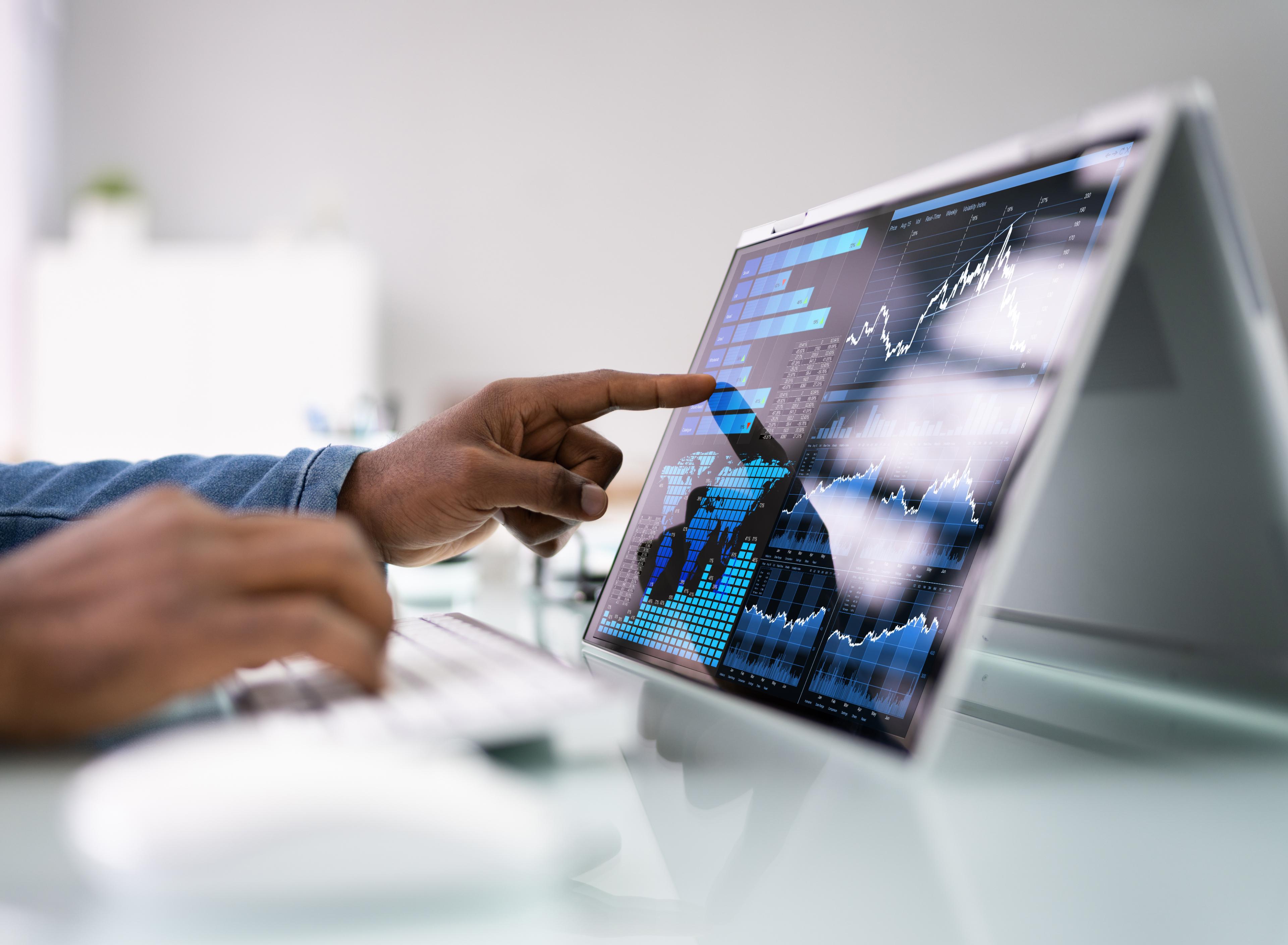
How to use neural networks in financial trading and analysis

Artificial intelligence can be used to develop complex algorithms for a wide variety of use cases – and one area where we're seeing great promise is in financial trading.
By using "neural networks" to make predictions in company performance and develop trading strategy, investors can use the best data available to make trading decisions based on AI predictions. While this data should be paired with human decision-making and analysis, neural networks can provide support to developing a comprehensive investment strategy for meeting both long- and short-term investment goals on either an individual or institutional level.
In this article, we'll look at what "neural networks" are in more detail, and how financial advisors and individual investors can use neural network data to improve their trading strategies.
What are neural networks?
Neural networks, or artificial neural networks (ANNs) are a form of technical analysis, which use a wide variety of data points to categorize information and make predictions. With neural networks, you can feed historical data to the algorithm to inform it. But unlike traditional modeling, neural networks also include a self-training component, so your algorithm is constantly learning and optimizing its results based on new data.
Neural networks get their name from the neural networks in the human brain, which serves as a model for this form of AI. Each artificial neuron has a specific weight and threshold, and if the inputted data is above that threshold, the neuron transmits the data to the next layer. If it doesn’t, the transmission stops at that layer.
As you input training data to the neural network, its accuracy will increase with each calculation, adjusting the weights of each neuron to determine which inputs are most important in accurately classifying data.
And as you continue to use the neural network for active trading, the AI will continue to optimize its performance and adjust its weighting, continually responding to new data to improve results.
For a deeper look at the technicalities of neural networks, IBM offers a great synopsis.

Using neural networks in trading
When using neural networks in financial investing, you will typically set up a number of different neural networks based on your goals, and then use manual analysis to develop trading strategies based on each network’s prediction and how it relates to your overall strategy, whether that be high-risk but growth focused for short-term trades, or a longer-term strategy based on a more conservative approach.
Neural networks don't make stock forecasts – instead, they help traders evaluate new opportunities, which they can use to inform their trading strategies. For instance, if you're looking for companies that are likely to match the high-growth performance of one of the existing companies in your portfolio, the neural network might highlight a handful of other companies with similar fundamentals that seem likely to follow a similar path.
Both individual and institutional investors can make use of neural network software for financial trading. You should use it to input your own trading idea, and then gain data that will help you evaluate how effective your idea is likely to be. You’ll be able to continually modify your trading idea by changing the parameters for the data inputs you want to consider.
Don’t consider neural networks to be a failsafe way to optimize your trading performance, however: Investopedia predicts that traders will only see an improvement of up to 10% over traditional fundamentals analysis by using a neural network.
It's not a replacement for human analysis, either. You still need human expertise to make sense of the neural networks' analysis and understand how it fits into your trading strategy. But by incorporating machine learning into your trading strategy, you'll be able to quickly analyze vast quantities of data to identify commonalities within your model, and uncover new opportunities that can lift your trading performance.

Choosing the right tools for building neural networks
If you've decided to try out neural network for stock trading, there are a number of proven choices to consider, including tools developed by Google, Intel, and Qualcom. Here are some of the most popular choices:
Neural Designer is a user-friendly app that allows you to build AI-powered applications without coding. It claims to have the highest training speed in the industry, helping you begin getting accurate analysis from the system more quickly than other tools can. Neural Designer is used across a wide variety of industries, including finance, with more than 10,000 organizations currently using the tool.
Keras is a deep learning framework, offering simple APIs that work on top of Google's TensorFlow2 open-source platform for machine learning so that data scientists can build their own models with a minimum of programming. It can scale quickly to process terabytes of data for high performance. The tool is used by scientists at NASA, NIH and other major institutions.
Torch is a scientific framework for machine learning, built on the scripting language LuaJIT. It includes a large, open-source network of packages in machine learning, enabling developers to build their own neural network models based on their libraries.
Microsoft Cognitive Toolkit (CNTK)
This open-source developer toolkit allows developers to develop sophisticated models for deep learning systems, for any application or use case. The toolset has been deprecated by Microsoft, so professional support is no longer offered, but developers are welcome to use and share programming knowledge through the open-source network.
While powerful technology exists for building neural networks and conducting ongoing analysis, you'll likely need an experienced development team to help you develop and optimize your models. If you're ready to use artificial intelligence tools to improve your financial analysis, contact our fintech development team at Vention.





